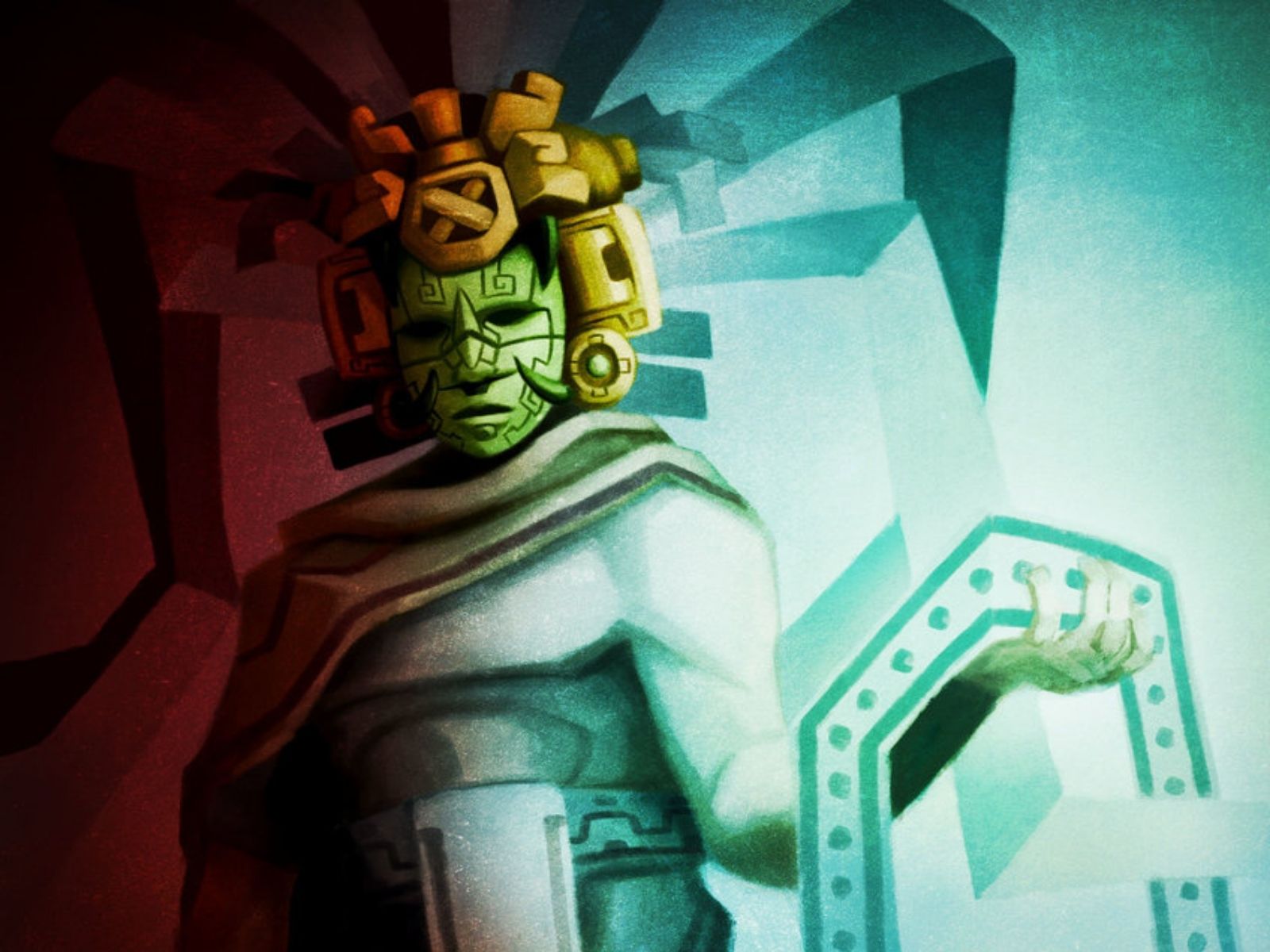
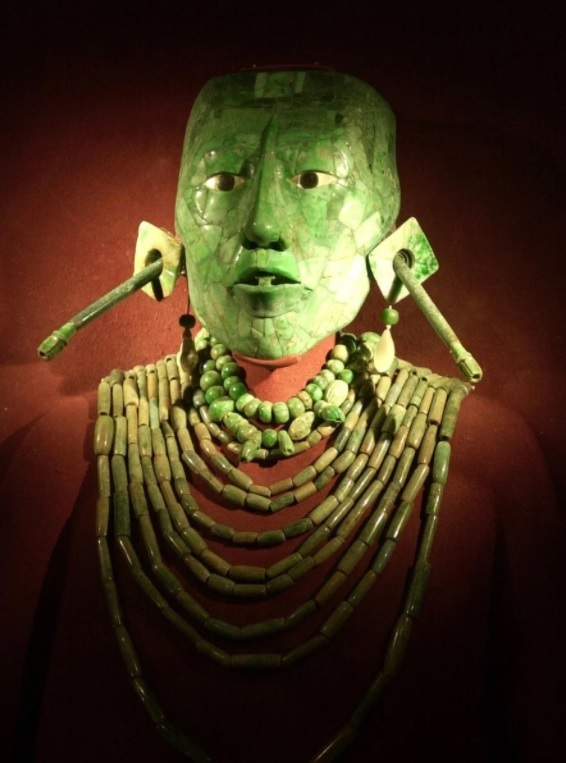
K'inich Janaab' Pakal was a Mayan governor of the Palenque region between the years 615 and 685, a period of advancement and prosperity for its inhabitants.
According to the history recorded in stone by the Mayans themselves, Pakal died at approximately eighty years old; however, studies show that his body corresponds to that of a man in his forties.
According to descriptions in hieroglyphics and studies that have been made of his remains more than once, Pakal was robust and measured approximately 1.70 meters tall, a description that does not correspond to that of a Mayan octogenarian.
Many experts say that the tombstone on his grave portrays Pakal sitting in a kind of ship, given that his hands and feet seem to be operating some sort of board and pedals.
In addition to what would be the rear, fire can be seen, apparently coming from the propeller of the ship.
This and other evidence found around his tomb have fueled the legend that Pakal had the means to visit outer space and even travel through time.

His tomb was discovered on June 15, 1952 inside the Temple of the Inscriptions by archaeologist Alberto Ruz Lhuillier and is considered the most important funerary monument in Mesoamerica.
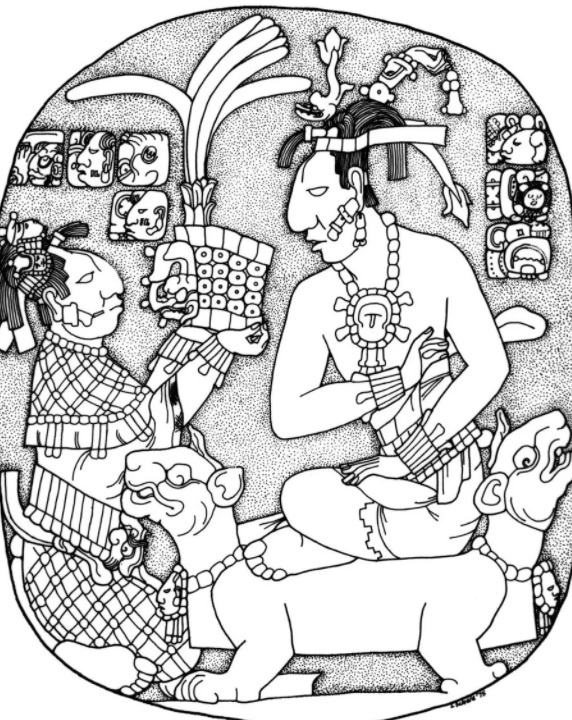
Born on March 23, 603, K'inich Janaab' Pakal was a descendant, on his mother's side, of the dynasty that ruled Palenque.
When his grandfather and his brother died, who governed the region that corresponds to Palenque, a part of the nobility decided to separate and settle in Tortuguero, Tabasco.
Meanwhile, Pakal's parents returned to Palenque to raise him to the throne, because although his mother, Sak K'uk was the legitimate heir, the position could only be occupied by a male.
Pakal became governor of Palenque when he was only twelve years old .
At first, it was thought that the tombstone was just an altar, but when it was removed, the governor's sarcophagus was found. It was then when was discovered that the Mesoamerican pyramids also served as a mausoleum, as the Egyptians used to.

Pakal's time on the throne was one of peace and prosperity. He married at the age of twenty-three Tz'akbu Ajaw, with whom he had five children, of whom two were governors after his father.
During his government, Palenque had confrontations with those who settled in Tortuguero, but never succumbed to them. Furthermore, he took military action against those who invaded his territory, always emerging victorious.
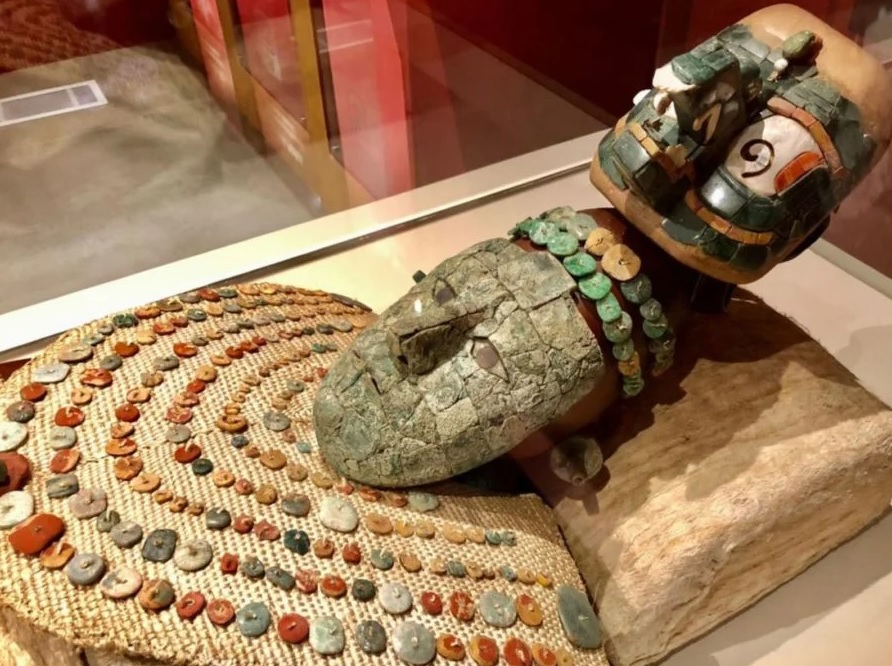
Pakal promoted the productive activity of the region both for trade and for local consumption, in addition to reactivating ceremonies and public events, which earned him the appreciation of the people.
He also promoted the written record of all military actions, ceremonies and important events, which has helped historians and archaeologists of our times to better study and understand the history of Palenque.
Pakal's tombstone measures 3.80m long by 2.20m wide and weighs 7 tons. It shows the governor as the center of the universe, below is the underworld, in the middle the tree of life and above the god Itzamná represented as a quetzal.
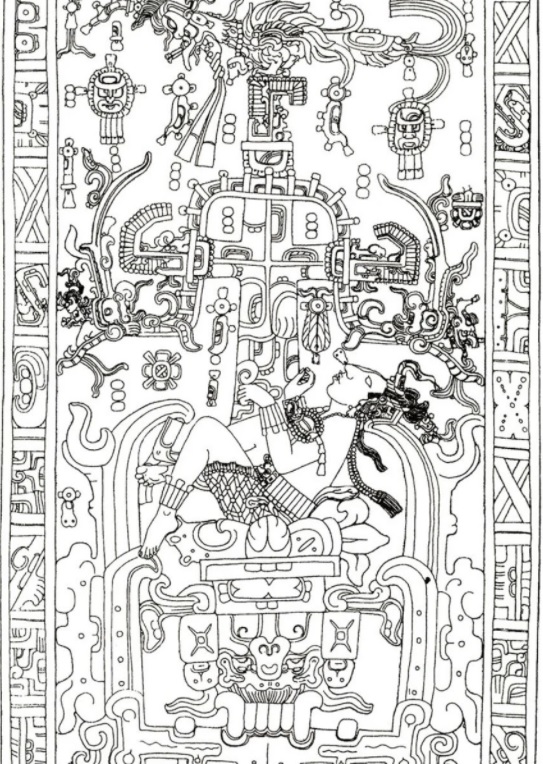
The tombstone that covered Pakal's sarcophagus is the most important record of the discovery, for decades it has been the subject of debate between experts and amateurs who have more than 1 theory about it.
Taking into account what is known about the Mayan culture and the studies that experts have done over the years, the official interpretation of the tombstone is as follows:
Pakal is seated in the middle, as a young man in the center of the universe. Below him is Sak B'aak Naah or the first centipede of white bones, which represents the Mayan underworld: Xibalbá.
From Pakal's body emerges a tree, with a two-headed serpent intersecting, dividing the cosmos into its four regions.
Around the tree it's possible to see the faces of different deities that accompany him on his journey through the cosmos and right at the top of the tree, the god Itzamná can be seen represented as a quetzal.
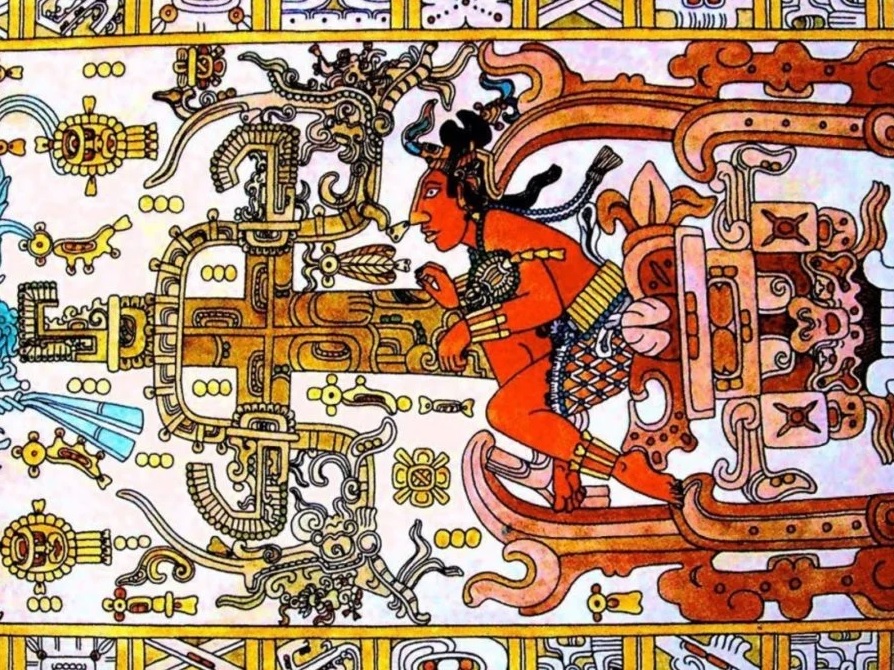
However, there is another theory that Pakal is actually sitting in what appears to be a spaceship and that his hands are on the control board.
In addition, next to his nose it is possible to see an artifact that is probably a microphone or something that helps him breathe in space.
Beneath it, what would be the head of the centipede is actually a turbine from which fire comes out as it advances and which has the cosmos around it, precisely because it is traveling through space.
Although it is a rather unusual theory, there is not enough evidence to prove it correct or disprove it, but the vast majority of the scientific community has dismissed it as far-fetched.
On the other hand, it must not be forgetten that according to Mayan mythology, the gods came down from the heavens and taught them about mathematics, architecture, agriculture and technology.
Have they taught man to build machines to fly and perhaps travel through space?
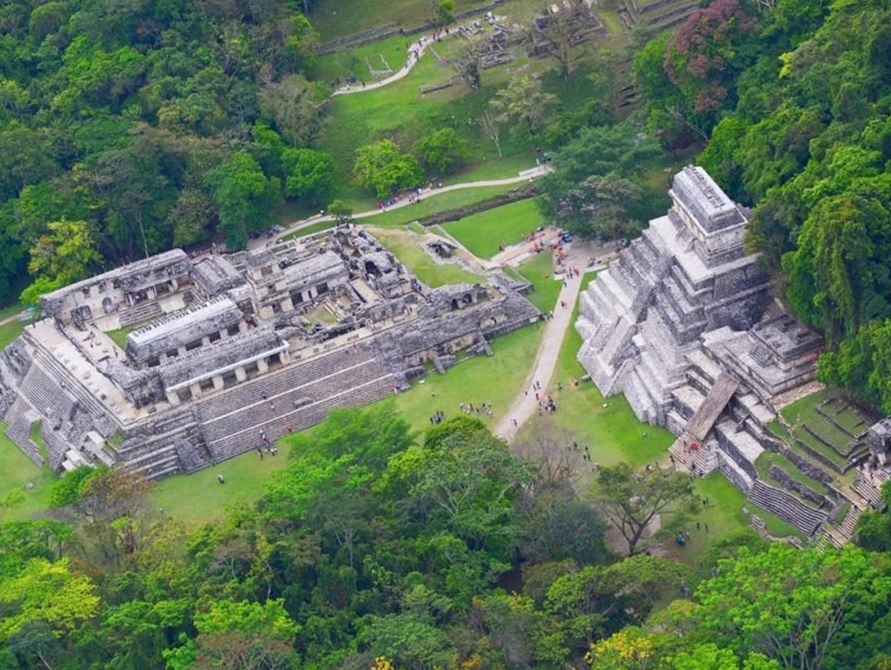
Another offbeat theory says that Pakal may have been a time traveler who stayed to live among the Maya.
How is this theory supported? The answer lies in the remains of the Mayan governor.
According to studies that have been made of his remains and descriptions written in stone, Pakal was a robust man who measured 1.70m, an image that does not entirely coincide with the Mayans.
In addition, the Mayans used to adorn their teeth with precious stones and deformed their skulls from babies to give them a more elongated appearance; customs that should be present, especially in royalty, but Pakal does not have any of these characteristics.
Another test is the age at which he is supposed to have died. According to the numbers, Pakal the Great died at about the age of eighty, but his remains are those of a man in his forties.
However, it is known that the Mayans changed some dates to coincide with astronomical or god-related events, and this may have been the case.
Was Pakal a time traveler who used his technology to return to Palenque and ensure the survival of his people?
You have the last word.
Source: México Desconocido (https://www.mexicodesconocido.com.mx/pakal-el-grande-astronauta-maya-palenque.html).